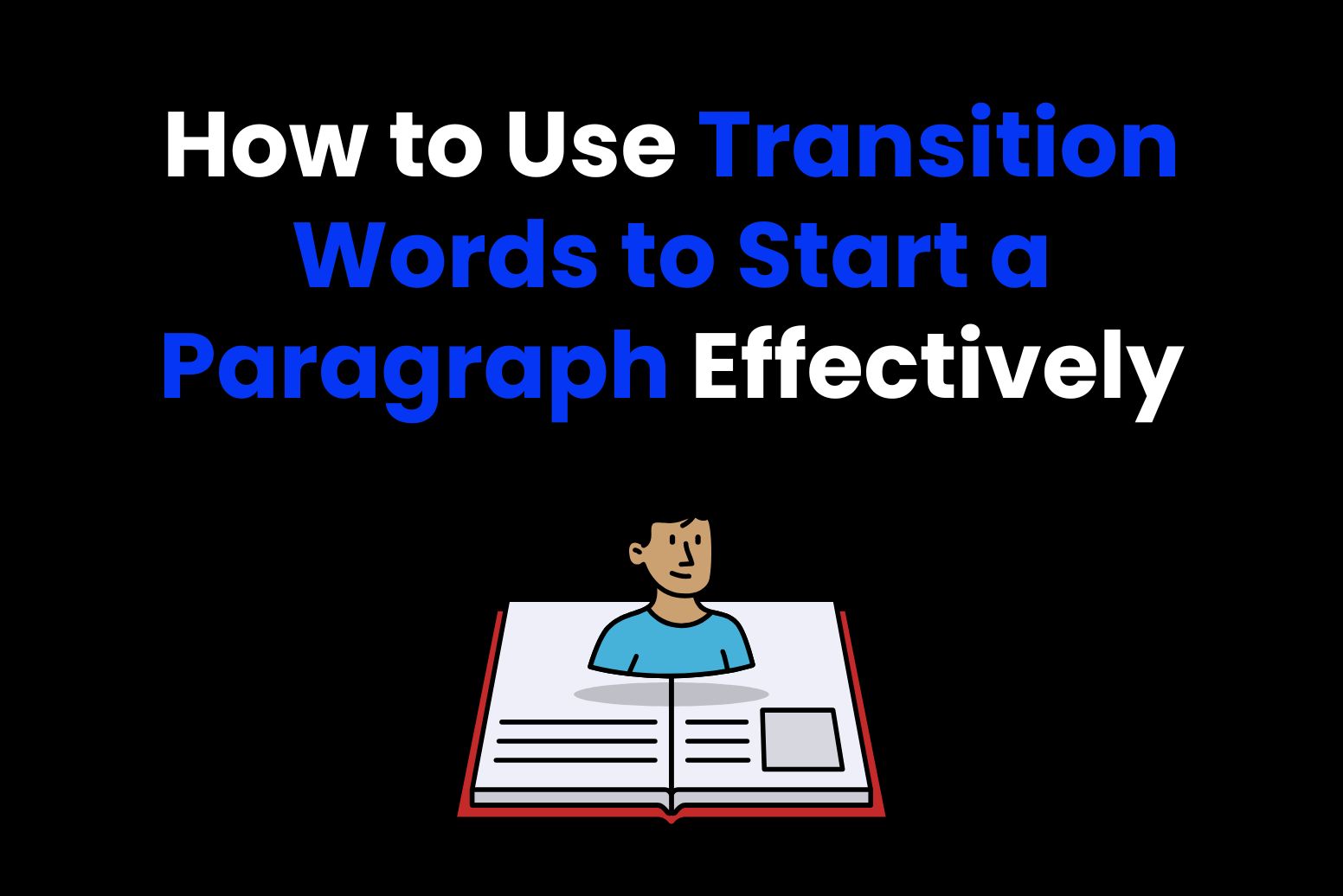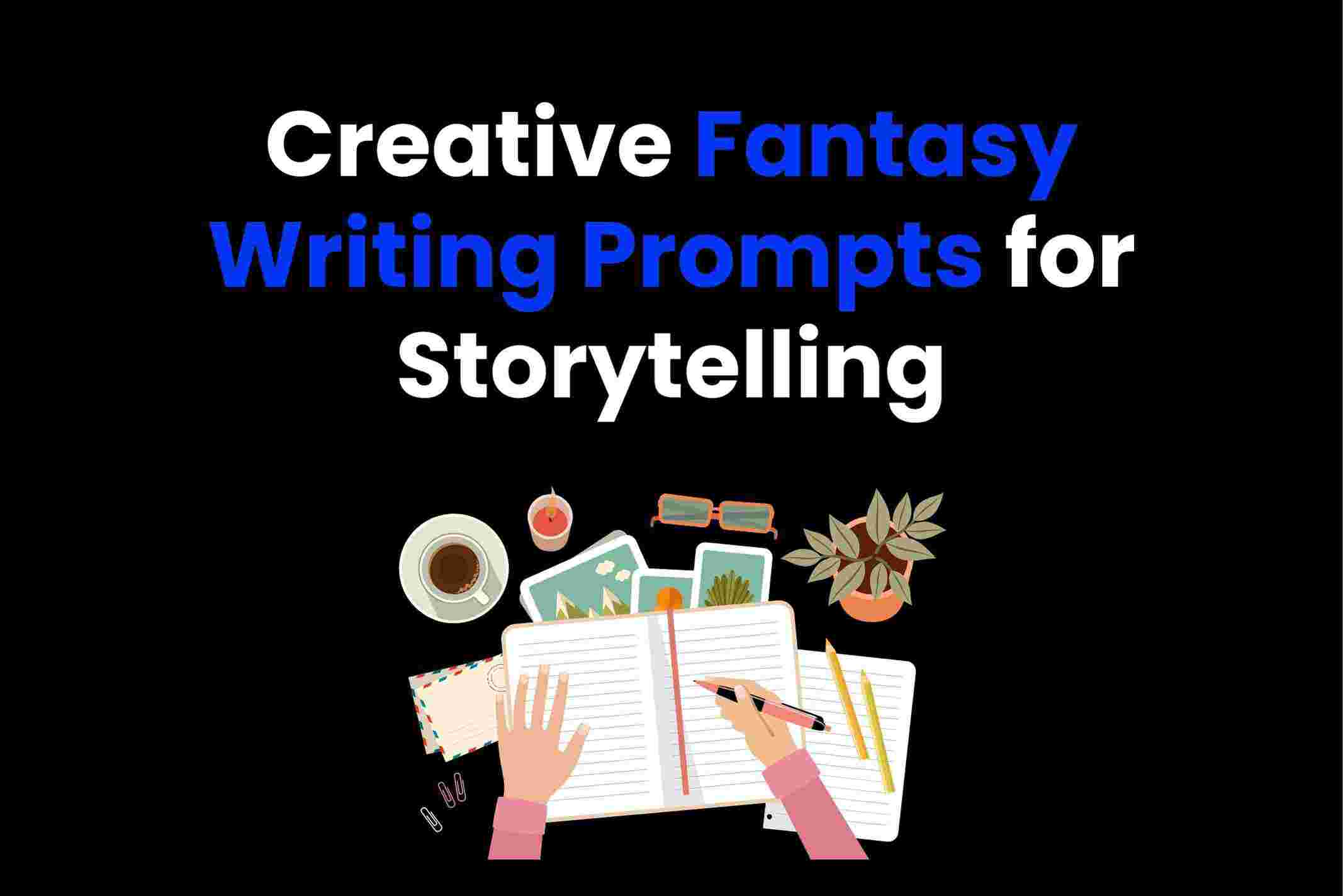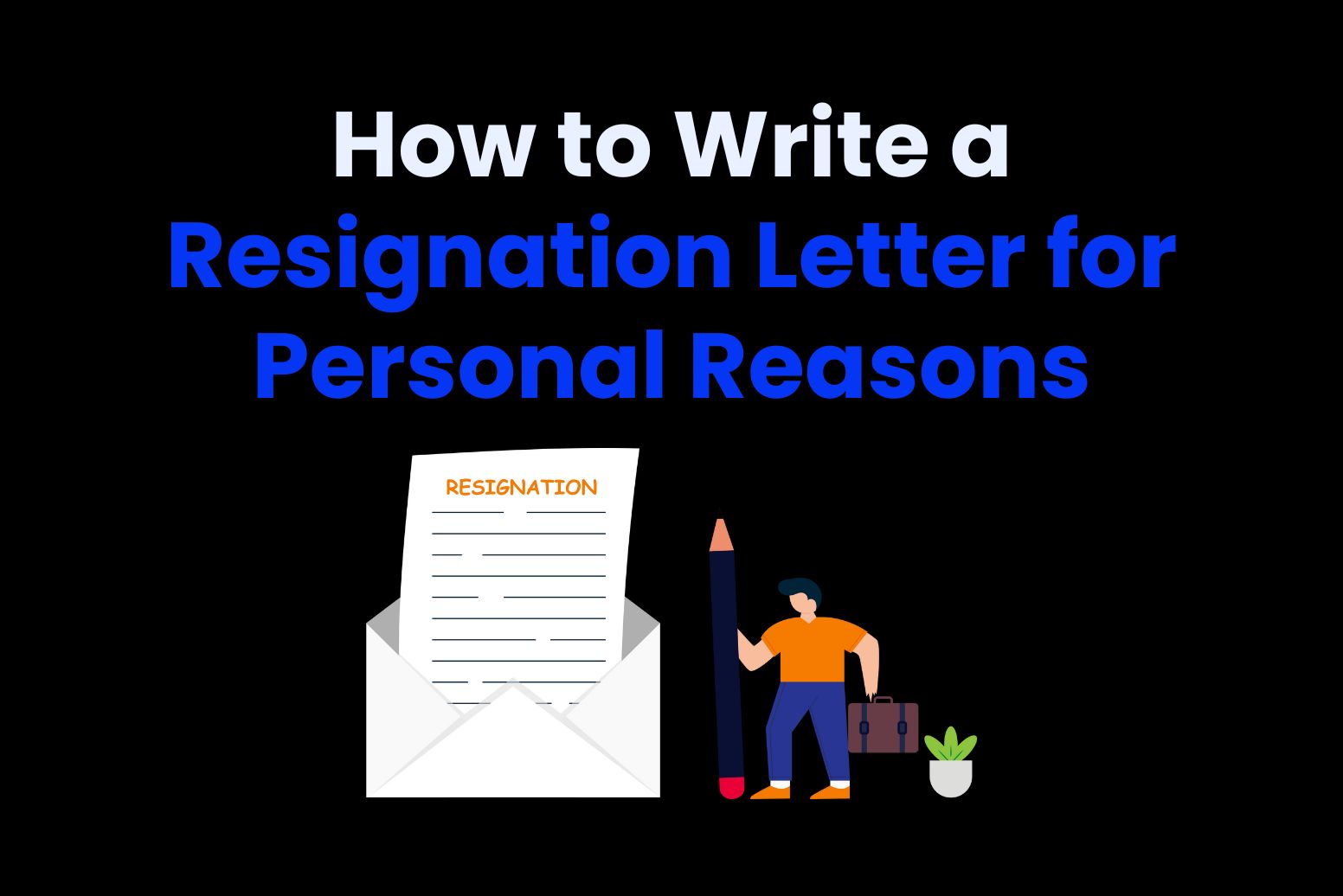
Learning how to write a proposal is crucial if you’re a student. Whether you’re an undergraduate or post-graduate student, this is a skill you need to learn.
The good news, from the outset, is that research proposals don’t need to be long. In fact, they’re much shorter than most essays.
But this doesn’t necessarily make them easy. You need to know what to include in a good proposal and you need to follow a succinct template.
So, with that in mind, I draw on my experiences as a previous undergraduate and postgraduate student to show you exactly how to write a proposal.
I will also show you how Arvin AI is one of the best AI tools for research and how it can help you prepare a proposal that will capture the reader’s attention.
What is a research proposal?
If you’re a student or an academic researcher, you will have to write a research proposal from time to time. As the name suggests, the objective is to propose an area of research to the supervisor or professor. Proposals might be necessary for:
- An application to a graduate program (i.e., a Master’s degree or PhD)
- Agreeing to an undergraduate dissertation or thesis with your supervisor
- Proposing a new area of study to your supervisor or degree administrator
For example, as an undergraduate, I had to write a research proposal to get my dissertation accepted. I wanted to study slave narratives and made the proposal to my appointed supervisor. Then, during my postgraduate degree, I had to submit another proposal for my main research topic.
This time, I was interested in researching and studying academic curricula in Uganda and submitted a proposal reflecting these areas of interest.
Each time, I was really keen to write a proposal that grabbed the attention of the reader. I wanted to show my supervisor that I had thought carefully about my proposed field of research and that it was relevant to my degree.
To do this, I first had to understand what a research proposal is and why it’s necessary – something I share with you below.
The numerous objectives of a research proposal
Before learning how to write a research proposal, you need to understand why one is necessary. After all, it’s more than just outlining your intended research. In fact, I think there are four key objectives to a quality proposal, and you need to cover each in your work:
1. Relevance
The most important thing is to show your supervisor that your research is relevant. This depends on the field that you’re studying, but we can use my undergraduate degree in English literature as an example.
My supervisor probably wouldn’t see the relevance of a research proposal looking into the lives of everyday slaves in 19th-century America.
However, the relevance of a study into antebellum slave narratives as a propaganda tool for abolitionists is clear to an English professor. By framing my research this way, I was able to get my professor to see how looking into slave narratives as a literary tool was relevant to the body of already-published research.
2. Method
Next, you need to show your supervisor that you have considered your research approach. This is known in the world of academia as your methodology. In other words, how are you going to do your research?
There are numerous ways to do academic research, and we will touch on these later in this article. However, most proposals should clearly show first-hand research alongside a literature review.
You will need to explain how you are going to do your research. Do you need to travel abroad to conduct interviews? Will you spend some time in your country’s national archives?
Showcasing your approach is a big part of any research proposal, and the more specific you are, the easier it will be for your professor to make the case.
3. Context
This is similar to relevance, but you must also clearly state the context of your proposed research. This is crucial as your supervisor will want to know that you’re aware of the research that currently exists in your field.
Specifically, you should be able to show how you expect your research to contribute to the broader context. What will your research add? Will you look to prove or disprove something?
You don’t need to cover every base here, but you do need to show an awareness of the broader context in which your research sits.
4. Feasibility
Is your research feasible within the time and budget constraints placed on you? Are you trying to achieve too much, and are you unaware of your limitations as a researcher?
Let’s go back to my example for a minute.
If I wanted to travel to Mississippi to interview descendants of slave narrators, I would need a hefty research budget to do so. I’d also need on-the-ground support and access to such people, which takes time and experience.
Therefore, these sources probably wouldn’t be suitable for an undergraduate degree. I’m sure my supervisor would say that such research wouldn’t be feasible.
That said, it would be feasible to spend time in the library, reading original slave narratives and taking excerpts from 18th and 19th-century publications.
So, ensuring that your proposal is feasible and achievable will give you a much better chance of acceptance.
How to write a proposal: The ideal structure

Okay, so now we’ve covered the why; it’s time to look at the how. The best way to approach a research proposal is with a decent structure in mind.
Your school or college may provide a pre-determined template for you to follow. This will likely be the case if you’re writing an undergraduate degree proposal.
However, if you’re writing a PhD proposal or an independent research proposal, you may have carte blanhce to create your own structure.
With that in mind, I reveal the key sections you should include in a research proposal below:
Title
Writing a good title is paramount to your research proposal. There’s no right or wrong way to write a title, but I always found that leaving it until the end helped enormously during university.
Another option is to prompt Arvin AI to help you. Again, using my slave narrative example, Arvin came up with the following recommendations for my proposal:
- Voices of Resilience: The Transformative Role of Slave Narratives in the Abolition of Slavery.
- From Pages to Progress: Analyzing Slave Narratives as Catalysts for Abolition.
- Narratives of Freedom: How Slave Accounts Influenced the Abolishment of Slavery.
- Literary Testimonies: The Impact of Slave Narratives on the Abolition Movement.
- Writing Resistance: The Significance of Slave Narratives in Challenging Slavery.
I like each of these titles and think they ideally capture the scope of my proposal. I’d probably go with the first one, but as you can see, Arvin can give you lots of ideas, so feel free to play around with titles before settling on one.
Introduction
Introducing your research proposal is not the same as writing an introduction in your thesis. In fact, the proposal’s introduction should be short and succinct, perhaps only 100 words or so. You must:
- Introduce the topic and the specific context of your potential research
- Outline your research thesis and how you will carry it out
- Touch upon how your research will contribute to the work that has already been completed in this field
Feel free to use Arvin’s excellent Thesis Generator Statement before writing your introduction. It’s a great way to summarize your thesis succinctly and will save you time and effort as you work through your proposal.
Literature review
The literature review will likely form the bulk of your research proposal. This is your opportunity to show the reader that you’re aware of the broader context of your ideas.
But don’t fall into the trap of just reaffirming arguments that have already been made in your field. Good research is unique while drawing upon prevalent ideas and concepts.
For instance, my idea about slave narratives playing a crucial role in the abolition of slavery isn’t necessarily new. I can draw on the body of research out there and explain that the work of abolitionists like Frederick Douglass played a vital role.
Then, I might suggest that my research will show that not only narratives but slave speeches in the antebellum South were just as impactful in the fight against slavery.
Within my literature review, I could draw on already-published arguments and show how my new research would add to this growing body of literature.
So, the objective of the literature review is not to show that you’ve read every book about your potential research subject. Rather, you need to show awareness of where your research will fit in and contribute to the broader context.
Research methodology
This is undoubtedly the trickiest part of a research proposal. Just understanding the different ways to conduct research is difficult enough, particularly if you’ve never done it before.
Your first job is to differentiate between qualitative and quantitative research:
- Qualitative research is primarily concerned with gaining insights and understandings into behaviors, experiences, or phenomena that don’t need to be objectively measured. This research is usually carried out in the field, perhaps in a person’s home, school, or workplace.
- Quantitative research, on the other hand, is about probing a research topic and gaining specific results. This type of research is usually carried out in a controlled environment (like a lab).
You will then need to think carefully about the other aspects of your methodology. How will you collect data? Will you interview subjects? If so, how will you select them? So, when putting together this part of your proposal, research and understand the following:
- Data collection: Specify whether you will be collecting first-hand data or analyzing secondary sources. Perhaps you will be doing both.
- Research design: How will your research be carried out? There are numerous types – descriptive, correlational, and experimental, for instance.
- Sample size: How will you select your research subjects, and how much data will you collect? When will you do the research, and how?
- Methods: How will you collect your data? Will you create a questionnaire? Will you observe? Or will you conduct interviews in the field?
As mentioned, this is the toughest part of learning how to write a proposal. Don’t be afraid to ask your supervisor for advice, and feel free to read broadly on research methodologies before writing your proposal.
Schedule & budget (if necessary)
We’re now concerned with the practical aspects of your research proposal. Specifically, how long it will take and whether you need any money to complete the research.
Some universities have research bursaries, while others may award grants to specific students who carry out particularly interesting research.
But if the research is going to be self-funded, you need to stipulate how you will conduct it and which costs you envisage.
You also need to put together a rough research schedule, including times and dates of potential interviews so you can show your supervisor that you’ve thought everything through. These don’t need to be set in stone, but the more specific you are, the better your proposal will be.
References & further reading
The final section of your research proposal should consist of your references. Here, include details of the books and journals that you have referenced throughout the proposal, particularly in the literature review.
There are many ways to reference a proposal, but you will probably have to conform to Chicago, MLA, or MPA styles. To make your life easier, you can use Arvin as a citation generator.
Simply list the details of the books and articles that you have used in the chat box and ask Arvin to create citations in any style. You can then copy and paste the reference list to the bottom of your research proposal.
Don’t forget you can use our AI tool as a citation generator when it’s time to write your thesis or assignment, too. This saves bags of time and ensures you get it right. After all, from experience, I know professors are very picky when it comes to citation accuracy!
The verdict: How to write a proposal in the world of academia
Whether you’re pitching your undergrad dissertation or proposing extensive Master’s research, learning how to write a proposal will stand you in good stead.
After all, a research proposal will either be accepted or rejected. It’s not like an essay that might be just okay and receive a C+. If you write a C+ research proposal, you probably won’t end up doing it!
So, follow our steps listed above and take your time. A research proposal doesn’t need to be difficult, but you do need to be clear, concise, and focused while writing it.
Check out our FAQs below for more helpful insight into how to write a proposal that will grab the reader’s attention.
How to write a proposal FAQ
How long should a research proposal be?
A research proposal will likely be between 500 and 1,500 words. In other words, it should be no more than three pages. Your college or university will likely stipulate how long your proposal should be, so use this as a guide. You can go 10% over or under this count, but don’t go further than this, as it may result in you having to write it again.
How to write a proposal for college?
The best way to write a proposal is to follow a clear structure and to understand how your research will contribute to the literature already published in your field. Your proposal must show relevance and feasibility, and you should be realistic with your expectations. You can use our guide and template above to write a fluid, accurate research proposal for college or university.
Can you use AI to write a research proposal?
You can certainly use AI to help you write a research proposal, but I wouldn’t recommend using it without editing the proposal first. Remember, your proposal needs to be specific and succinct, as well as relevant to your research goals. Therefore, use AI to guide you, but don’t use it to produce a generic proposal that you then send to your professor.
Can I change my research proposal?
Most research proposals are not set in stone and may need to be tinkered with after submission. Your professor or supervisor may recommend changes after they have read the first draft. Equally, you might have to change your proposal at a later stage if you can’t do the research you had initially planned. Always speak to your supervisor before changing your proposal, particularly if it has already been approved.






